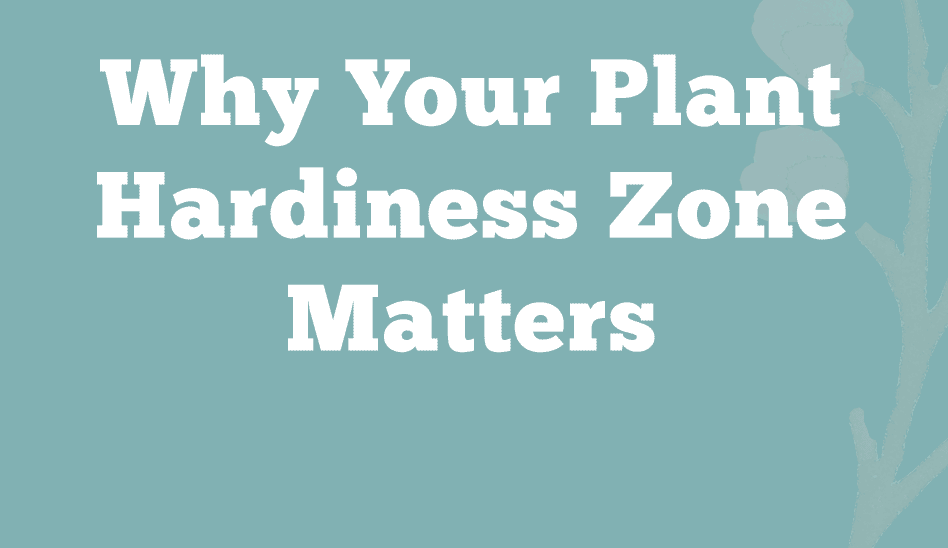Choose Plants According to Your Hardiness Zone
When planning your garden, it is important to know what your climate zone is and choose your plants accordingly. This can mean the difference between success and disaster. The Agricultural Research Service of the U.S. Department of Agriculture (USDA) developed a Plant Hardiness Zone Map that breaks North America into eleven zones based on the annual minimum temperature, zone 1 being the coldest and zone 11 being the hottest.
Identify Your Microclimates
Also keep in mind that there are microclimates within your own garden, depending on the amount of sun, wind, and water specific areas receive, so plan accordingly. Zone, however, is only one important consideration before siting your plants. Sure, it’s a zone 5 plant, but lavender will do very poorly in a boggy clay soil.
It’s Possible to “Change” Your Climate Zone
Hardiness zones are outlined by geography. But those zones are really an attempt to label conditions typical of those areas. The reality is that those zones can be inaccurate and to take this even further, you can actually change your growing area so that it is more like a different zone altogether.
Look at where the plant is from and see if your soil type is conducive. In the same vein, you can even help change your gardens zone. I have seen south facing brick or stone walls change the (immediate) area as much as two zones! Got a couple of acres of water close by? Add another digit to your zonal rating. The old colonial method was “hot-bedding”, or building a soil bed on top of a pile of fresh manure; the heat of decomposition was enough to change the climate by a few zones for the winter.
I know of a chef in Manhattan who grows tomatoes all year round by running his oven vents under his rooftop beds. With a little ingenuity, you too can give Old Man Winter the slip. You can locate your climate zone on this plant hardiness zone map to view a close up of that area.


